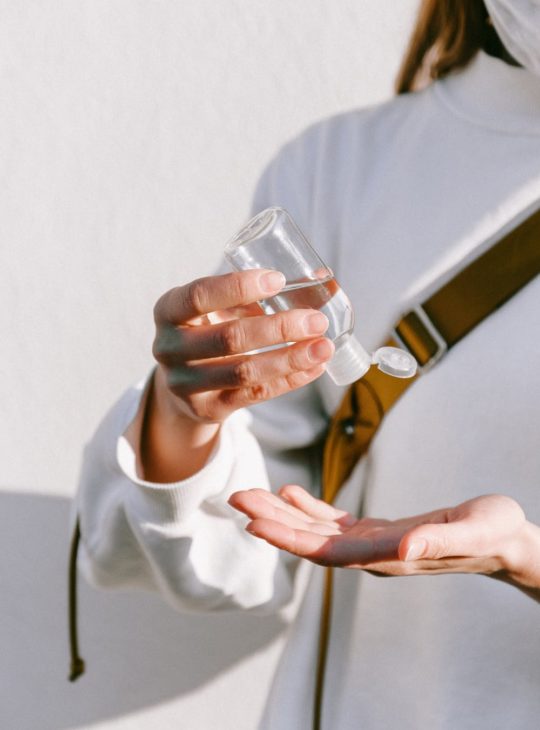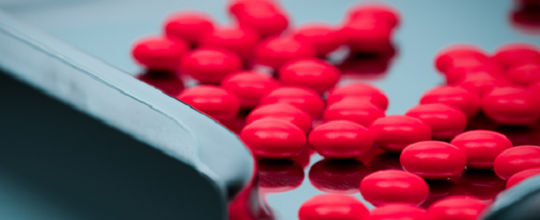U nastavku teksta nalazi se kratak opis UV Curing opcije HAAKE Mars reometara. Ovdje Vam želimo predstaviti nove razvoje na području UV Curing aplikacija:
- UV measuring cell for rheological measurements at ambient temperature
- Measuring cell for UV assisted thermal curing at elevated temperatures
- Measuring cell for UV assisted thermal curing and simultaneous FTIR spectroscopy
- Universal Peltier temperature module for UV-curing applications
- Mercury-vapor lamp or LED? Small guide for the configuration of rheometer accessories for UV measurements
- Universal Peltier temperature module for UV-curing with LED lamp
Za svaki od navedenih mogućih aplikacija stojimo na raspolaganju za potencijalna pitanja.
In many industrial segments the use of UV curing materials for the processing or application of paints, inks, adhesives, coatings, etc. is of great importance. This technology combines environmental and economical advantages with improved product features:
• Higher throughput in production processes thanks to faster curing
• Higher profitability because of less required space in manufacturing plants, no need for post-treatment of exhaust fumes and no need for Ex-protection • Solvent-free products for environmental friendly processes and improved working safety
• Optimized product features, including a better corrosion and abrasion protection, better chemical resistance and better formability
For measurements on UV curing materials a new module for the Thermo Scientific HAAKE rheometers MARS and RheoStress 6000 has been developed. This module consists of an upper shaft with an integrated mirror and an exchangeable quartz glass plate, as well as a holder for a collimator plus light guide, which is mounted to the measuring head of the rheometer. The UV light beam of a commercially available light source, first bundled by the collimator and then reflected by the mirror, is directed into the sample vertically from above through the quartz glass plate. The quartz glass plate is the upper plate of a plate/plate measuring geometry, whereas the lower plate is part of a standard temperature control module, this allows for a temperature control of the sample within a wide temperature range.
Quartz glass plates with diameters of 8 and 20 mm are available for the adaption to the different viscosities and G moduli of the samples. The quartz glass plates are available in two different versions: a circular model, which needs a separate clamp ring made of stainless steel, as a simple low-cost version as well as a one piece glass model with integrated clamping surface.
A selection of different standard temperature modules for plate/plate measuring geometries (TM-XX-P) using different technologies like a Peltier-element, electrical heating plus liquid cooling or a circulator, are available to cover a wide range of temperatures and applications.
Alternatively the new UV module can be combined with the (temperature controlled) Rheonaut module for simultaneous measurements of rheological properties and FTIR spectra to investigate structural changes within the sample
The use of the optional available sample hood is recommended for measurements beyond ambient conditions. This hood is made out of PEEK and can be used for temperatures up to 260 °C.




